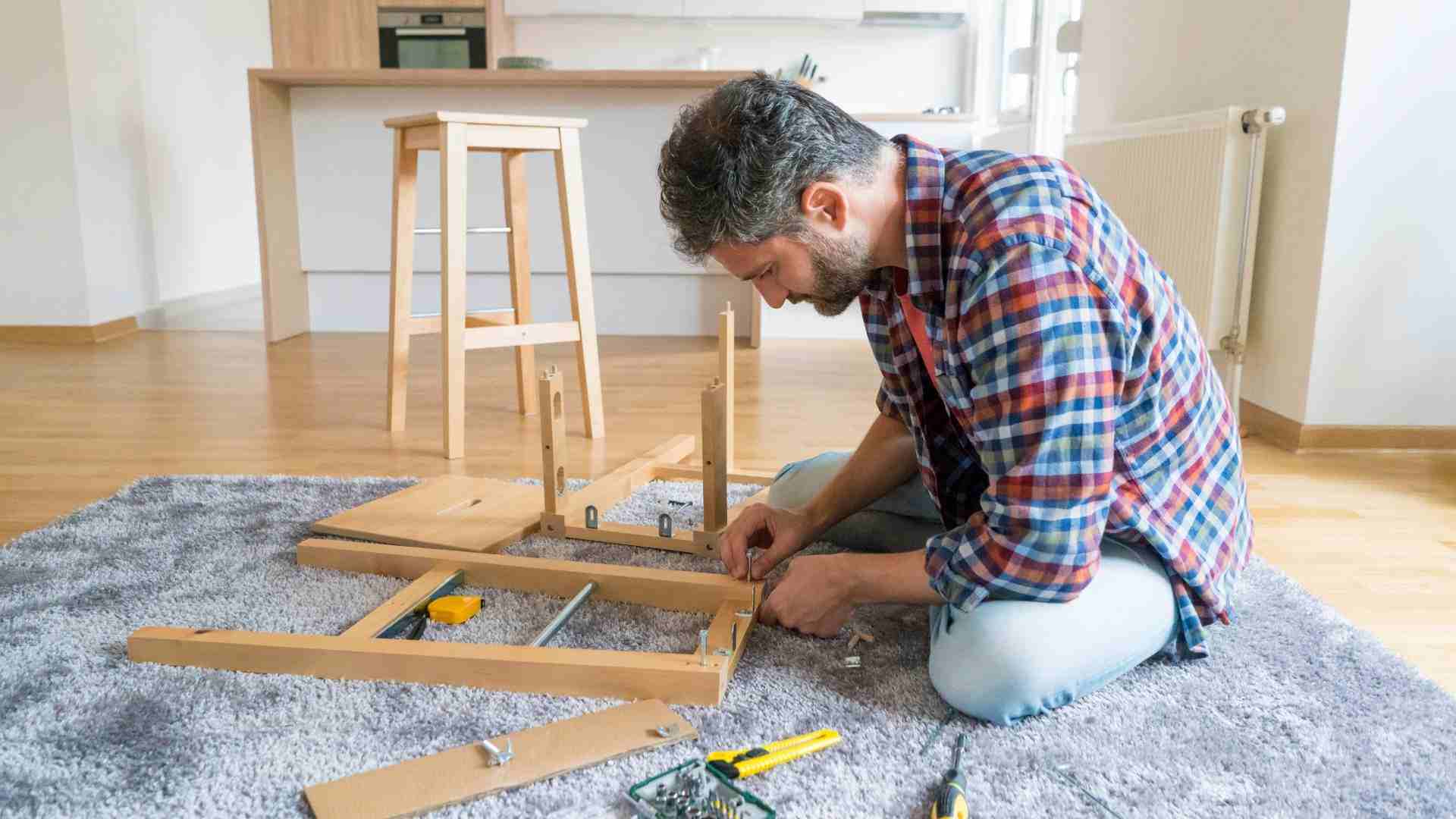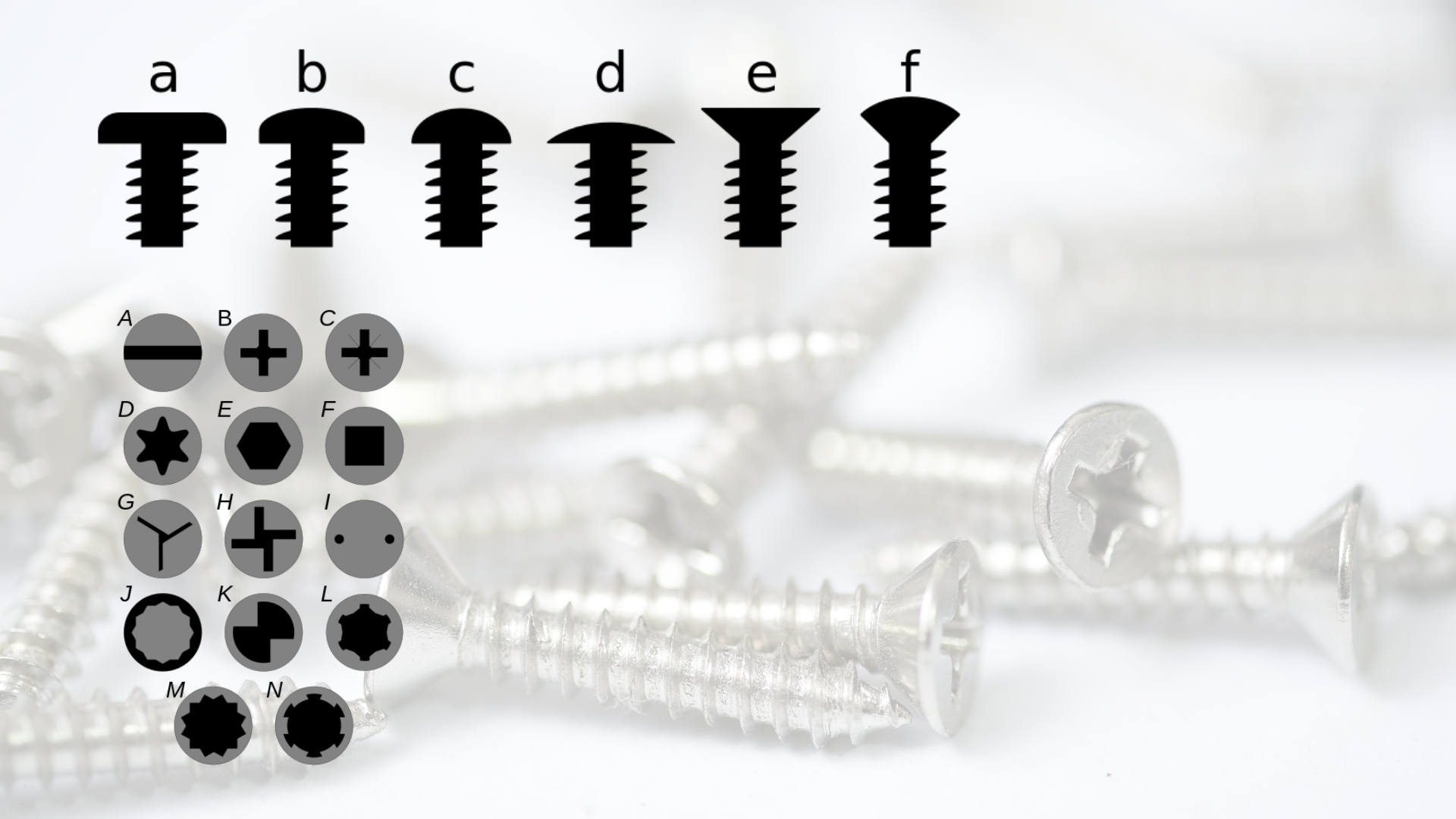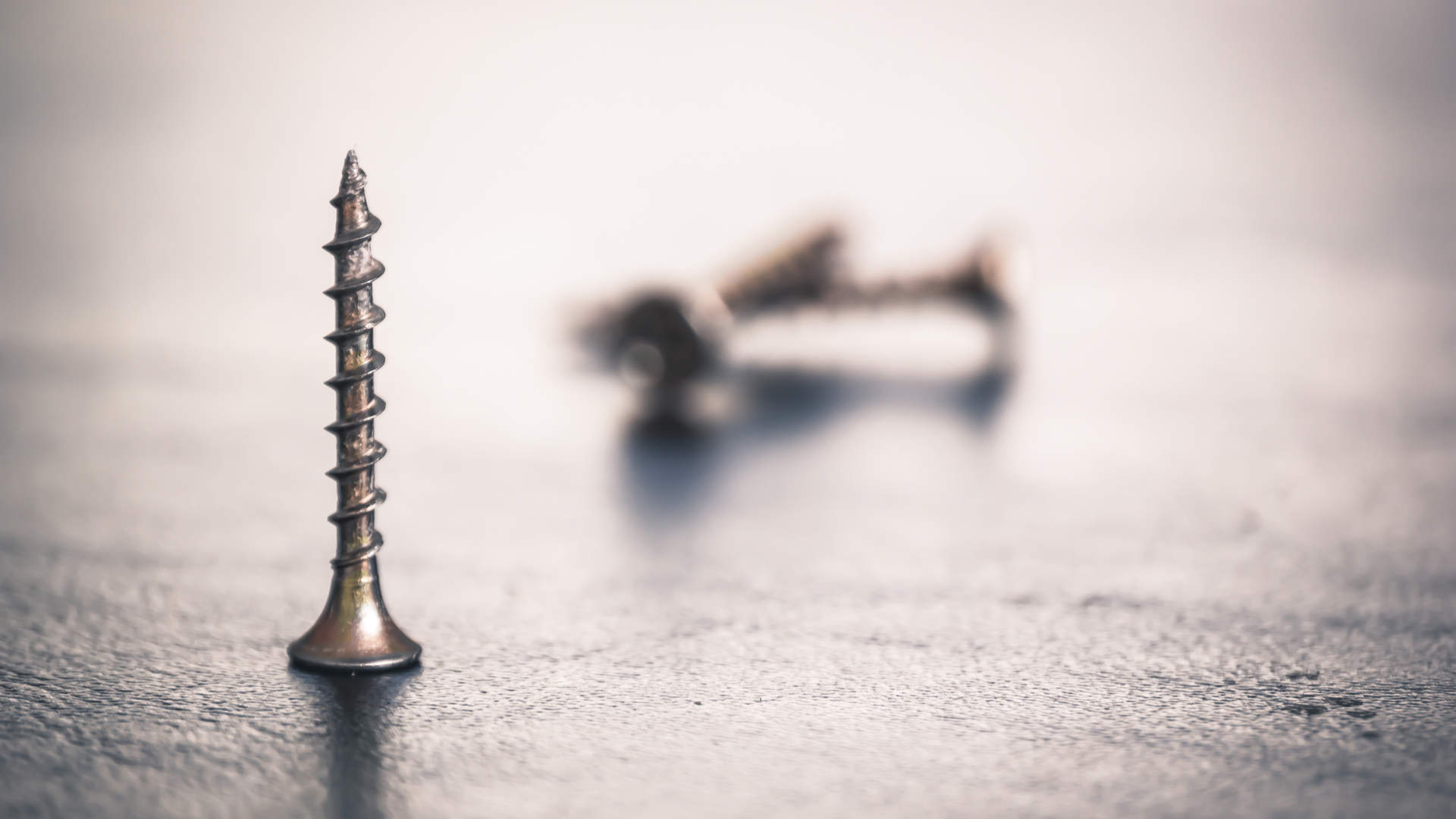A screw: how is it produced? The secret behind this historic Italian factory
A Mustad screw : it looks simple but it is not. How is it done? Find out what are the steps to make a quality screw, produced in Italy, in a historic factory with more than 100 years of life.
A screw in construction is a mechanical organ used to create a fixed connection, but which can be disassembled when needed.
We will see together the production process in detail, from when the raw material arrives at the factory to the packaging and shipment of the product.
To obtain quality
window screws , you need to start from the right conditions. This is why a Mustad vine is processed from raw materials with certain characteristics.
It starts with steel rolls that come from the most renowned European steel mills. Once these rolls are transformed, they will give rise to the billions of vines.

A Mustad screw - find out how a screw is made
A screw is a cylinder-shaped threaded element used to fasten objects together.
Once the production has started, the wire roll is processed in a controlled path that allows traceability. All this makes it possible to obtain a reliable and safe screw with sought-after characteristics.
- Drawing: the best steel is drawn to calibrate the diameter and make it suitable for the subsequent molding phases;
- Annealing: once the material has been drawn, it must be “annealed”, that is, placed in an oven with a high temperature and then cooled. This makes the material ductile the material and workable more easily in regular geometries;
- Head molding: a screw can have the head of different shapes, according to the needs. High-speed cold forging is a process consisting of several fast stages: cutting the steel piece, first shot molding, head molding, impression and brand. This semi-finished product called a rivet is then threaded;
- Tip molding: if it is a self-drilling screw for iron, the "drill tip" must be printed which will allow the screw to drill into the thick iron;
- Thread rolling: the thread of the screw. The rivets are moved on the rolling machines which deform the shank making the thread helix. Each screw model needs a suitable pair of combs;
- Heat treatment: the mechanical strength and ease of use of a screw is transmitted in this phase. The mechanical strength from a carbonitriding process which gives a very high hardness. The hardening allows the mechanical strength to resist during screwing or unscrewing;
- Finishing treatment: then you have to work the screw making it resistant against the wear of rust and give it a color suitable for applications with wood. The screws are then immersed in the galvanic baths of zinc plating, bronze plating, brass plating depending on the performance they must guarantee;
- Salt spray control: allows you to check the corrosion resistance by simulating a fast corrosion. The tested vines are placed for many hours in a place with great salinity, until rust appears;
- X-ray control: a machine with X-ray technology measures the thickness of the protective treatment deposit;
- Lubex lubrication: Lubex is a Mustad formulation that reduces the screwing effort. This allows a higher screwing speed and less wear of the tools;
- Packaging: in the various types of boxes, with great attention to the quantity, weighed twice. The label indicates product characteristics and lot number.

The classification of the vines
Bolts and screws are sometimes
defined depending on their use . According to these definitions, a bolt passes through unthreaded holes in parts and is fixed by a nut. Instead a screw mates with a threaded hole in one of the parts to be fixed. In practice, however, these definitions are not strictly applied.
The term bolt is usually used for a fastener that is not self-tapping and has only part of its shaft threaded. Fasteners that are self-tapping or that have the entire shaft threaded are normally called screws.
A screw is a broad category of mechanical fasteners and fasteners with a threaded shaft , designed to screw a part.
This category includes wood screws and self-tapping screws, which have a tapered shank with sharp threads designed to cut a mating wire into the part to which they are attached. It also includes machine screws, which look a lot like bolts, but their entire shaft is normally threaded.
A simple screw
A simple screw screws into the material with a thread drilled into it. The thread can be prepared with a drill and tap as with steel and other materials, or it can be made from the screw.
A self-tapping screw
The self-tapping screws have a pointed end to allow insertion into the hole. Sometimes the entire body is conical instead of cylindrical.
A self-drilling screw
Some self-drilling screws have a very pointed tip and can drill thin materials such as sheet metal and plastic materials, without the need to drill the lead holes first.
A self-tapping screw
Three-lobed or self-tapping screws that can replace metric screws where there are no too hard materials. The particular shape of the shank allows the construction of a metric thread at the moment of the first screwing, real "threading taps".
One eye bolt
The eye bolt has an eyelet on one end and a thread on the other end. They are useful for hanging cables or other objects on the wall.
Shapes and silhouettes
- TC screw (with cylindrical head);
- TB screw (with button head);
- TT screw (with round head);
- TMT screw (with half round head);
- TPS screw (with countersunk flat head);
- TGS screw (with tallow head).
Grafts
- Cut, split or flat;
- Phillips (PH) or cross;
- Pozidriv (PZ);
- Torx;
- Hexagonal or Allen or Allen or TCE (Hexagonal Hollow Head);
- Robertson;
- Tri-Wing;
- Torq-Set;
- Spanner;
- Double Hex;
- One-way Screw;
- Polydriveo RIBE CV;
- Triple square or XZN;
- Bristol;
- System Zero.
The story of a vine
Who invented the vine? The
invention of the vine has been attributed to Archita, a mathematician from Ancient Greece.
During the 1st century BC,
wood screws were used throughout the Mediterranean, such as in presses to produce oil and wine.
Metal screws arrived in Europe in the 15th century, but were only commonly used when a system for mass production was invented in the 18th century.
The Phillips
Screw was invented in the United States by John P. Thompson, who sold the patent to Henry Frank Phillips and founded the Phillips Screw Company. Phillips found it very difficult to find a way to carve this type of head. Then he came into contact with another company, the American Screw Company, which invested in the idea and achieved the desired success.
Then during the Second World War the fillets were produced with standard sizes and this allowed the allies to exchange components and various spare parts.

How to fix if a screw doesn't hold?
Over time and wear, a screw can hold up the hinges: if this happens, for example, they no longer hold up the cabinet doors.
If the exit of the screw has not torn and has not created any damage in the wood, the solution can simply be to replace the old fastening system with
a longer screw .
But I warn you that if you insert only a longer screw, the problem will most likely return.
It would be better to use
a wooden pin as well. To place it where the screw is, simply enlarge the hole with the drill bit. Then cut the plug to the measurement that corresponds to the depth of the hole and spread with vinyl glue. The plug is inserted into the wood with a hammer. Once the glue is dry, make a lead hole with a smaller diameter tip.
Now you can insert the original screw again: I suggest you pass the soap first to help the screw penetrate the wood of the thorn.
How to remove a stuck screw?
Want to loosen a screw but can't get it to turn?
There are several systems , and some of them work even in the most difficult situations. I put them in "order of difficulty":
- spray a bit of spray release to solve the simplest problems in no time;
- if the screw has been painted together with the support, remove the paint that covers up to the edge with a cutter;
- if you have large screws, place the screwdriver in the recess and tap the screwdriver handle with the hammer. In the meantime, try to turn the screwdriver;
- use a percussion screwdriver, a screwdriver with a large and sturdy handle which, resting on the screw and beaten with a hammer, automatically attempts to turn and then to unscrew the offending screw;
- for desperate cases try with a soldering iron: position the soldering iron tip on the screw head, the heat increases the expansion of the metal material and should free the screw;
- use a drill and mount a helical-shaped bit with a diameter similar to that of the screw you want to remove. Operate with the drill on the head of the screw until it is removed. Finally with a self-tightening wrench or snap pliers tighten the stem and turn.


